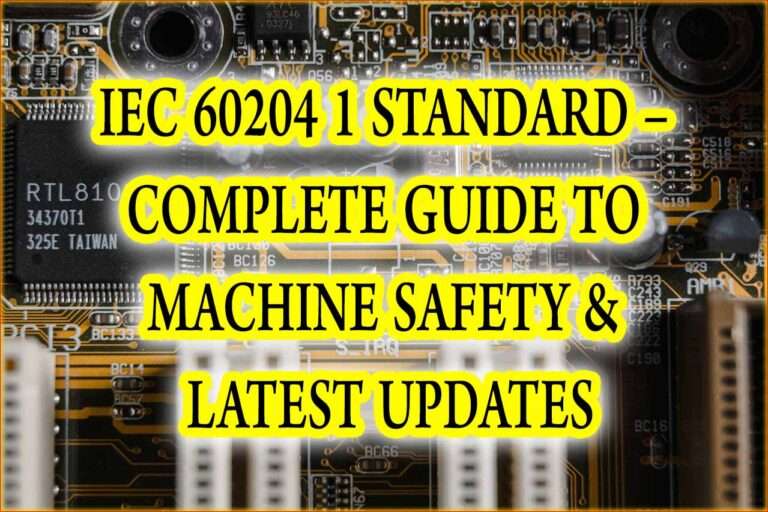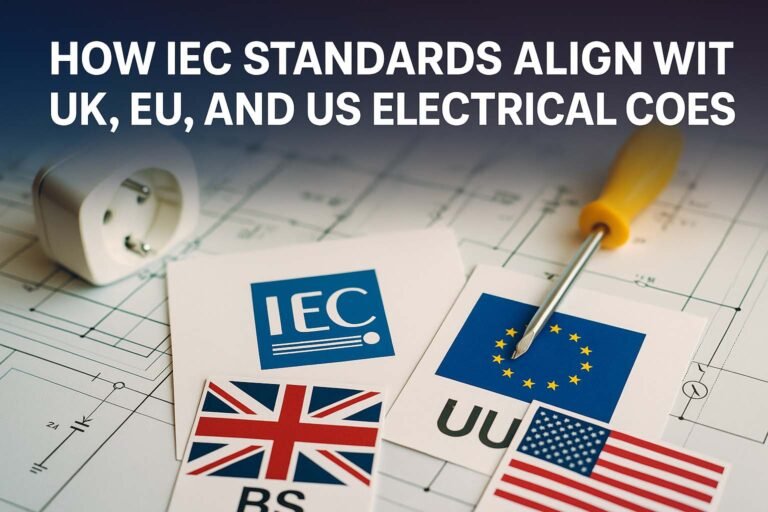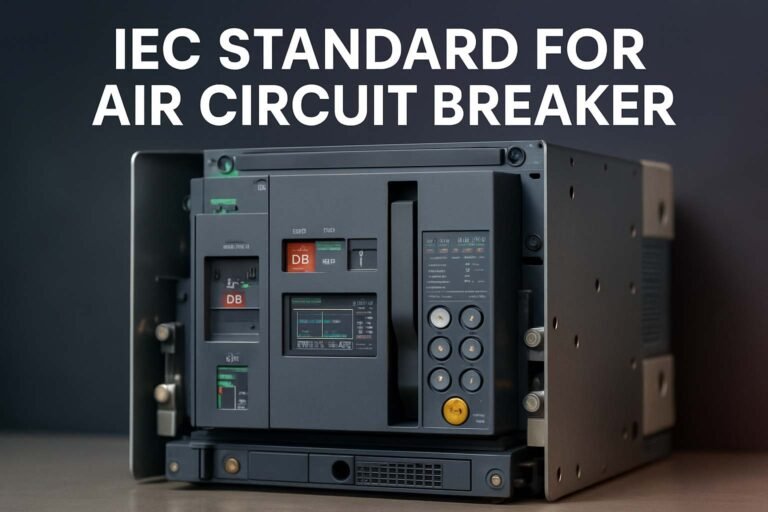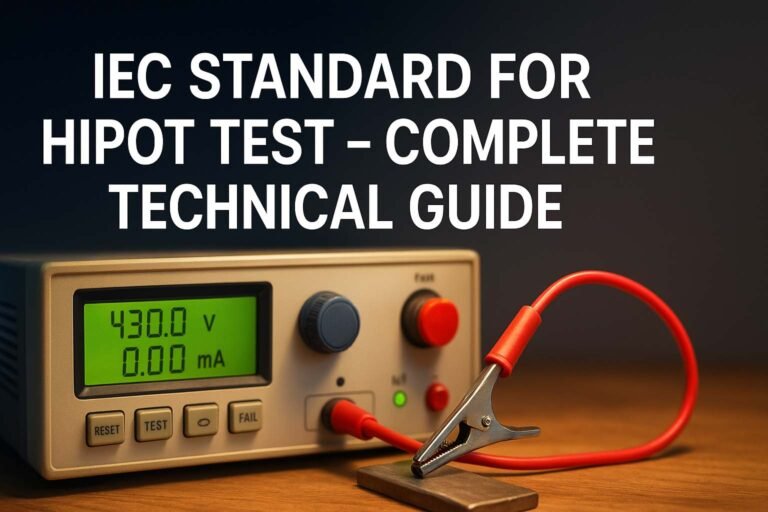ISO 20000 Lead Implementer Exam Questions
The ISO 20000 Lead Implementer exam is an important step for professionals aiming to demonstrate expertise in IT service management systems (ITSMS). This credential confirms your ability to establish, implement, and manage an ISO/IEC 20000-compliant system.
Preparing for this exam requires a clear understanding of ISO 20000 clauses, principles, processes, and documentation requirements. In this article, we will cover the most common ISO 20000 Lead Implementer exam questions and provide answers to help you pass with confidence.
Key Concepts Behind ISO 20000 Lead Implementer Exam Questions
The ISO 20000 standard defines the requirements for a service management system (SMS). To succeed in the exam, you must understand the lifecycle of an SMS, from planning to continual improvement. The exam tests your knowledge of real-world implementation scenarios, technical controls, documentation, and risk management processes.
Candidates must also demonstrate knowledge of aligning IT services with business needs while maintaining performance and compliance.
Understanding the ISO 20000 Framework for the Exam
The ISO 20000 standard contains multiple clauses, each covering critical components of an ITSMS. These include:
- Context of the organization
- Leadership and commitment
- Planning for the SMS
- Support and resources
- Service delivery and performance evaluation
- Continual improvement
These elements help form the backbone of the ISO 20000 Lead Implementer exam questions, especially in practical scenarios.
ISO 20000 Lead Implementer Exam Questions and Answers
Below is a table of 30 carefully selected ISO 20000 Lead Implementer exam questions with answers to enhance your preparation.
| No. | ISO 20000 Lead Implementer Exam Questions | Answers |
|---|---|---|
| 1 | What is the objective of ISO 20000? | To establish an effective IT service management system. |
| 2 | Which clause deals with risk management? | Clause 6 – Planning. |
| 3 | What is the role of the service management policy? | To define the organization’s commitment to service management. |
| 4 | What document defines roles and responsibilities? | The SMS roles and responsibilities matrix. |
| 5 | What is a service level agreement (SLA)? | A document that defines agreed service performance between provider and customer. |
| 6 | Which process ensures service continuity? | Service continuity management. |
| 7 | What is the purpose of the continual improvement process? | To improve the SMS based on monitoring and evaluation. |
| 8 | What type of audit is required by ISO 20000? | Internal audit. |
| 9 | Who approves the service management plan? | Top management. |
| 10 | What is meant by change management in ISO 20000? | The process of managing service changes efficiently. |
| 11 | What does incident management focus on? | Restoring normal service as quickly as possible. |
| 12 | How often should risk assessments be conducted? | Periodically or when significant changes occur. |
| 13 | What is the purpose of the configuration management process? | To maintain accurate information about IT components. |
| 14 | What clause addresses documented information? | Clause 7 – Support. |
| 15 | What tool is used to identify and evaluate risks? | Risk register. |
| 16 | What is the main goal of service reporting? | To provide information on service performance and trends. |
| 17 | How is compliance verified in ISO 20000? | Through internal audits and management reviews. |
| 18 | Who is responsible for implementing the SMS? | The Lead Implementer or SMS Manager. |
| 19 | What is the PDCA cycle used for? | Plan-Do-Check-Act cycle is used for continual improvement. |
| 20 | What is problem management? | A process that focuses on root cause analysis of incidents. |
| 21 | What does the scope of the SMS define? | The boundaries and applicability of the SMS. |
| 22 | What is a known error? | A problem with a documented root cause and workaround. |
| 23 | What kind of documentation does ISO 20000 require? | Policies, procedures, records, and plans. |
| 24 | What is the role of the service catalogue? | To provide information about all live IT services. |
| 25 | What process includes supplier relationship management? | Supplier management. |
| 26 | What does ‘availability management’ ensure? | That IT services meet agreed availability targets. |
| 27 | What is the purpose of capacity management? | To ensure IT resources meet current and future demands. |
| 28 | What is meant by “nonconformity”? | Deviation from standard requirements or processes. |
| 29 | Who conducts the management review? | Top management. |
| 30 | What is a corrective action in ISO 20000? | An action taken to eliminate the root cause of a nonconformity. |
Exam Pattern and What to Expect from ISO 20000 Lead Implementer Exam Questions
The exam typically includes multiple choice and scenario-based questions. You should expect around 40 to 50 questions, depending on the certification body. A minimum passing score of 70% is common.
You are often presented with practical scenarios. The questions test not only your theoretical knowledge but also your ability to apply ISO 20000 principles in real-life cases.
Tips to Solve ISO 20000 Lead Implementer Exam Questions Successfully
To tackle the questions with ease, it is vital to develop a study plan. Focus on understanding the clauses and their application. Practice interpreting audit findings. Evaluate how each process fits within the PDCA model.
Also, review internal audit procedures, management reviews, corrective actions, and documentation control methods. These areas commonly appear in exam scenarios.
Use practice exams to simulate the test environment. This will help you manage time and reduce anxiety.
Real-Life Application of ISO 20000 Concepts in Exam Scenarios
You may encounter questions based on real-life implementation. For example, how to respond when service metrics are not met, or how to address findings during an audit. These practical elements require you to demonstrate decision-making aligned with the standard.
An example question could be:
“An organization is failing to meet SLAs for two months. What should the Lead Implementer do?”
The best answer would involve analyzing performance trends, conducting a root cause analysis, and implementing corrective actions as per the continual improvement process.
Documentation Questions in ISO 20000 Lead Implementer Exam
A key area in the exam is documented information. Questions may ask you to identify required documents or how to control records.
For example, you might be asked:
“Which documents must be retained to prove compliance?”
The correct response would refer to mandatory documented evidence like audit reports, risk registers, performance evaluations, and service improvement plans.
Make sure you understand how to develop and control documentation. You should also know how to ensure that relevant personnel access the correct version at the right time.
Conclusion on ISO 20000 Lead Implementer Exam Questions
Mastering ISO 20000 Lead Implementer exam questions requires a strong grasp of IT service management principles, documentation control, and process management. By understanding each clause and its practical implementation, you’ll not only pass the exam but also gain the skills to improve IT service performance in your organization.
Keep revising the questions shared in this guide. Use them to test your understanding, not just memorize. Focus on application, and you’ll be ready for success.
If you’re serious about passing the ISO 20000 Lead Implementer exam, start by mastering the content, using real-world scenarios, and thinking like a process leader. Good luck!
Follow Us on Social:
Subscribe our Newsletter on Electrical Insights to get the latest updates in Electrical Engineering.
#ISO20000, #LeadImplementer, #ISO20000Exam, #ISOCertification, #ITServiceManagement, #ISO20000Training, #ISO20000Questions, #ISO20000LeadImplementer, #ISOStandards, #ISO20000Implementation, #ServiceManagementSystem, #ITSM, #ISO20000ExamPrep, #ISOCompliance, #ITGovernance





